I recently posted a thread on why I don’t see a personal (not professional, personal) utility for Notion, and why I don’t see a tool on par with Excel and the Bloomberg Terminal.

The Bloomberg Terminal was launched in 1981. Word was launched in 1983. Excel was launched in 1985. It is safe to say there is no other piece of paid software which has been around for 40 years, and no other software people still continue to pay for.
For Bloomberg, the answer is simple. Bloomberg holds a monopoly over financial news, trading, and research, and there is no other product which comes close to Bloomberg in terms of both feature and UX.
But Excel and Word are a bit different. Every couple years, we see a new “note taking app”, an “online documentation app”, a “next gen spreadsheet app” and plenty of similarly worded products. And VCs love them, because they see Excel and Word are run by Microsoft, and they think there is room to displace Microsoft’s dominance (after all, Microsoft is a big tech co that moves at a snail’s pace).
What is it that makes Excel and Powerpoint so unique? Why is it that even with no reasonable improvements, they continue to hold a monopoly over the market?
Flow
No, I don’t mean this Flow.
Flow is a state of being, a state of zero distractions where you solely focus on one task. It could be software development, it could be copy writing, it could be dancing, it could even be enjoying a nice cone of ice cream. Anything that demands your full attention and presence.
A popular way to achieve Flow is through meditation. It enables you to silence your inner self and focus on how your body behaves and interacts with the environment. Highly focused work is almost indistinguishable from meditation. A master applies their skills at the craft, and works on it without distraction. Work or otherwise.
Products today are not focused on Flow. They are focused either on ad revenue, forcing people to upgrade to a different tier of product, or want to have a “clean” ux which forces users to use their mouse 10 times in a minute while trying to type a simple article. An example of a modern product that gets flow right is Substack.
The natural state of the human brain is Flow. Sleep is a form of Flow. Walking is a form of Flow. Showering is a form of Flow (that’s why many people get ideas in the shower). Today’s online environment has made it extremely hard for people to be in a state of Flow. But once people attain a state of Flow, they hate leaving it. An example of this is the anger felt by a person when they are interrupted while playing a video game.
Flow and UX
Most apps designed today are focused on UI without paying attention to UX. It is very hard to find apps that are good both in UI and UX.
The State of Flow is critical to UX. The above troubles pointed out aren’t major but if you encounter them every 2 minutes, it breaks your state of flow and prevents you from moving into a state of flow. Simple apps like Word, Powerpoint, and Excel are great at preserving your state of flow.
This is the main reason why organizations love these tools. It enables people to just do work, without forcing them to learn new tools or navigate around challenges every minute. Disruption to Flow is very expensive to an organization, given most people today can only work for about an hour in a Flow state.
Lets take a look at two examples:
Excel vs Rows
Word vs Notion
and analyze why Excel and Word are (in my opinion) better tools to be in Flow.
Excel
Even if you don’t use Excel, you will instantly recognize its UX. The idea is simple. There are formulas you can apply in cells, and Excel computes them for you. Excel runs locally, and syncs with Microsoft OneDrive. Online collaboration is available but to say its not a great experience is a big understatement.
Now see Rows. Rows is modern, has better fonts, has emoji supports, has a nice sidebar. And best of all, is online native. You would think this is a vastly superior product to Excel, right? (the VCs think so) Wrong.
What is the objective?
Most people in tech are stuck on tools and processes. Though they have best intentions at mind, because they use the tools so often, they forget that the tools they use are a means to their objective and not the objective itself.
People use Excel because it is simple. No frills, will install on a 10 year old laptop and still run reasonably well, has a zero learning curve (the first point of contact of Excel for many people is when they type in addition formulas on Excel), no special language you need to learn, no syntax apart from basic algebra, the list just goes on and on.
And most importantly, people can do what they want to do in Excel without being forced to use a limited set of features or complain about a feature not missing. Which is a major problem with every upstart looking to challenge it.
Rows
Lets take Rows from the above example. When you click new spreadsheet, you are presented with a prompt:
When you click on blank spreadsheet, you get a nice intro tutorial and then you are presented with this sheet:
To insert a row, you need to right click and add row:
The first thing you notice is there seems to be no way to add 5 rows even though there’s an option to add 5 columns.
Try to sort numbers and it won’t recognize column names from column attributes:
Not picking on Rows (they are trying to solve a hard problem after all), so I will stop here. But the idea is simple: a simple product that does a base set of features really well and that can run on any machine will beat a more complex product. And this does not take into consideration Microsoft’s vast distribution and cross selling advantages.
Word
The OG computer software. The software that existed before most tech people today were born. The software that most people perhaps first encounter in their lives. Word is legendary for a reason and its UX has been copied by so many apps I can’t even reasonably count them.
The last change to Word’s UI was made perhaps in 2000 (kidding, no one really knows). But the point is Word’s UI and UX hasn’t changed for the majority of the life of the product. You start typing, you can add images, you can make text smaller or bigger, you have a wide range of font faces, the list of Word’s advantages is endless. People have written countless books using Word, so clearly Word works.
Notion
Compare this to Notion. The coolest kid on the block. Has a sleek sans serif UI that VCs love, does formatting for you, has a block based interface that you can click and add stuff, does tables in a nice form, and has great emoji support. You sign up for Notion and you are presented with this nice sheet:
So Notion looks really good, but why do I think it is inferior to Word when Word seems inferior in almost every fashion?
Because Word is simple. So simple toddlers can use Word. You can type for hours on word without touching your mouse. It runs on machines that are 20 years old pretty well, so you don’t have to worry about Word crashing.
In terms of flow state, Word is perhaps the best app that exists out there. You preserve your flow state, and can persist in it until you choose to come out of it.
Lets see Notion now:
As you can see, your flow state is broken here because you need to Google “how to wrap image around text in Notion”. In word, there’s a simple menu option that you can click.
Now, lets say you want to copy all content in one notion page and port it somewhere else. In Word, you’d do Ctrl+C, Ctrl+V (should be the best and most used shortcuts in the world). Lets try in Notion:
Notion just places a block I don’t need. Lets ignore that.
Lets just accept that Notion puts this random block I didn’t ask for and want to navigate around it.
All it does is move the navigation down and Enter creates new blocks. You have to manually click + and then continue typing.
Notion is meant for online collaboration
Now, Notion faithfuls would say “Notion is meant for online collaboration”. And to that fact, I perhaps agree. I do not know of the other alternatives available, and perhaps Notion is the best tool for organizations to use. For personal use however, when the goal is to take quick notes, write a long essay in a state of flow, and simply to use an app that just works, Notion doesn’t cut it.
There is no 10x Product
Flow is not the only reason why Office has existed for so long. There is time, the power of distribution networks, and the fact that Microsoft has been around for a long time and has a brand value attached to it. There is also the problem of migration cost. To migrate a big workspace from Office to other tools is a great task, and one that organizations are not willing to undertake unless the replacement is 10x better.
But if there is a product good enough, if there is a product that is indeed 10x better than Office, they will migrate to such a product. The fact most organizations haven’t shows that all wannabe Office replacements in the past years just don’t cut it.
Fun fact: Office has 5x Monthly Active Users than Notion has in annual revenue.
Disclaimer: I mean no harm to Rows or Notion, and I am not paid by any of their competitors. The fact I cite them as examples is positive for these cos in terms of branding and positioning. But they have a long way to go, and I am highlighting their deficiencies as a well meaning user.



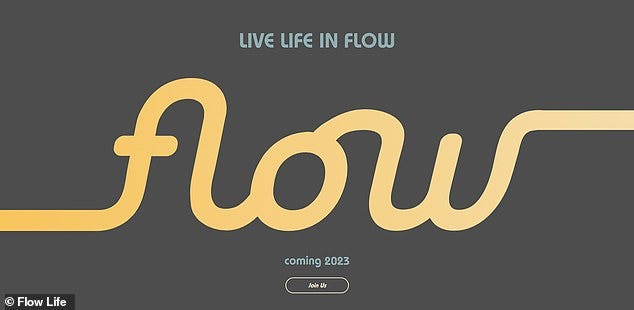

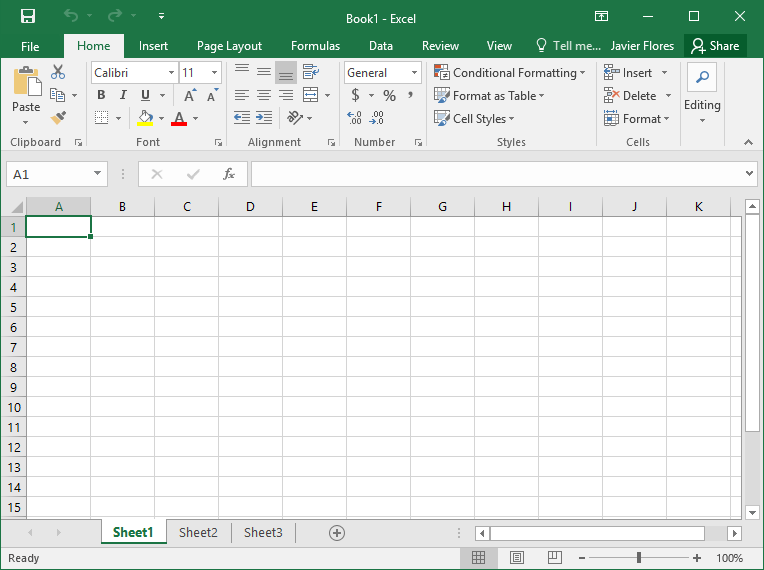
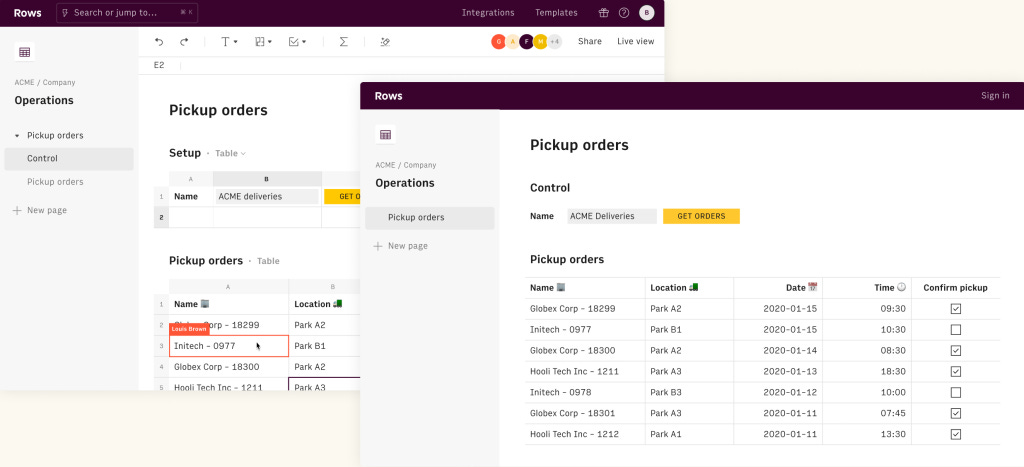
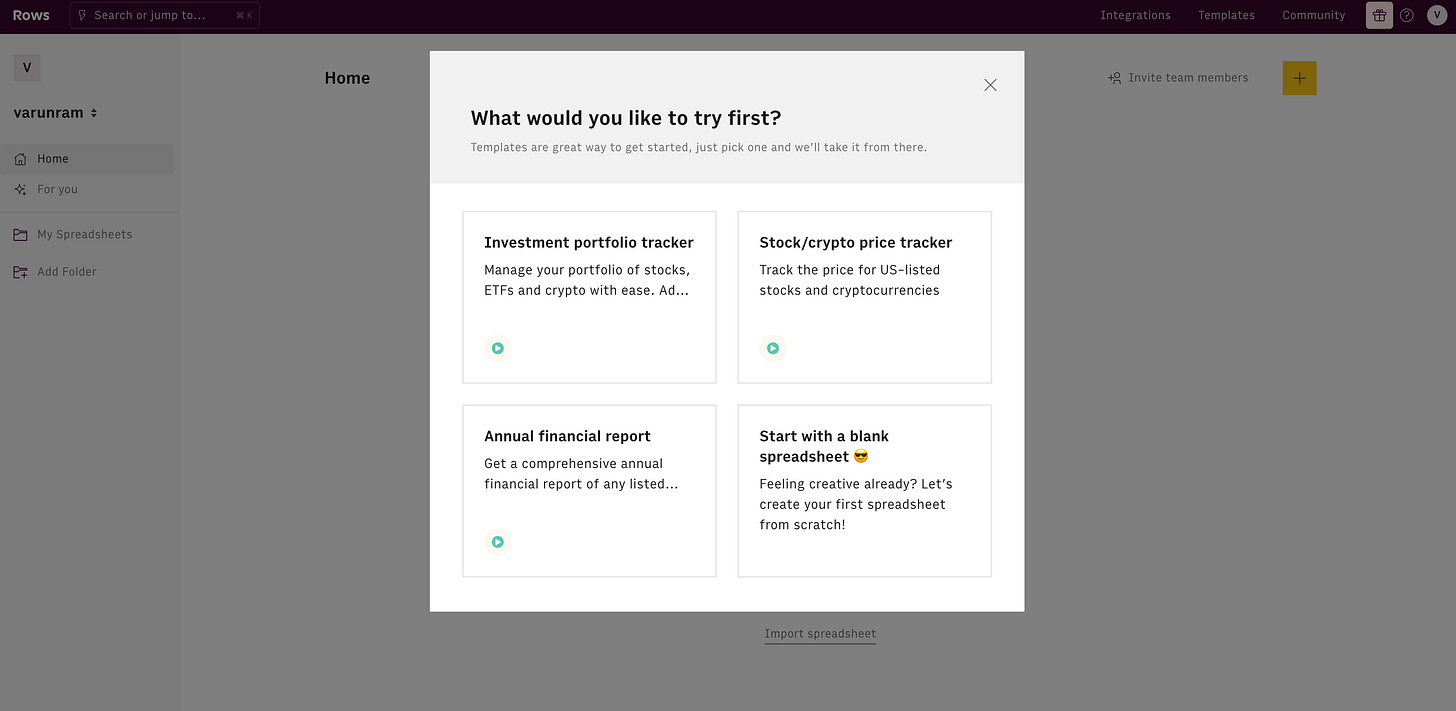
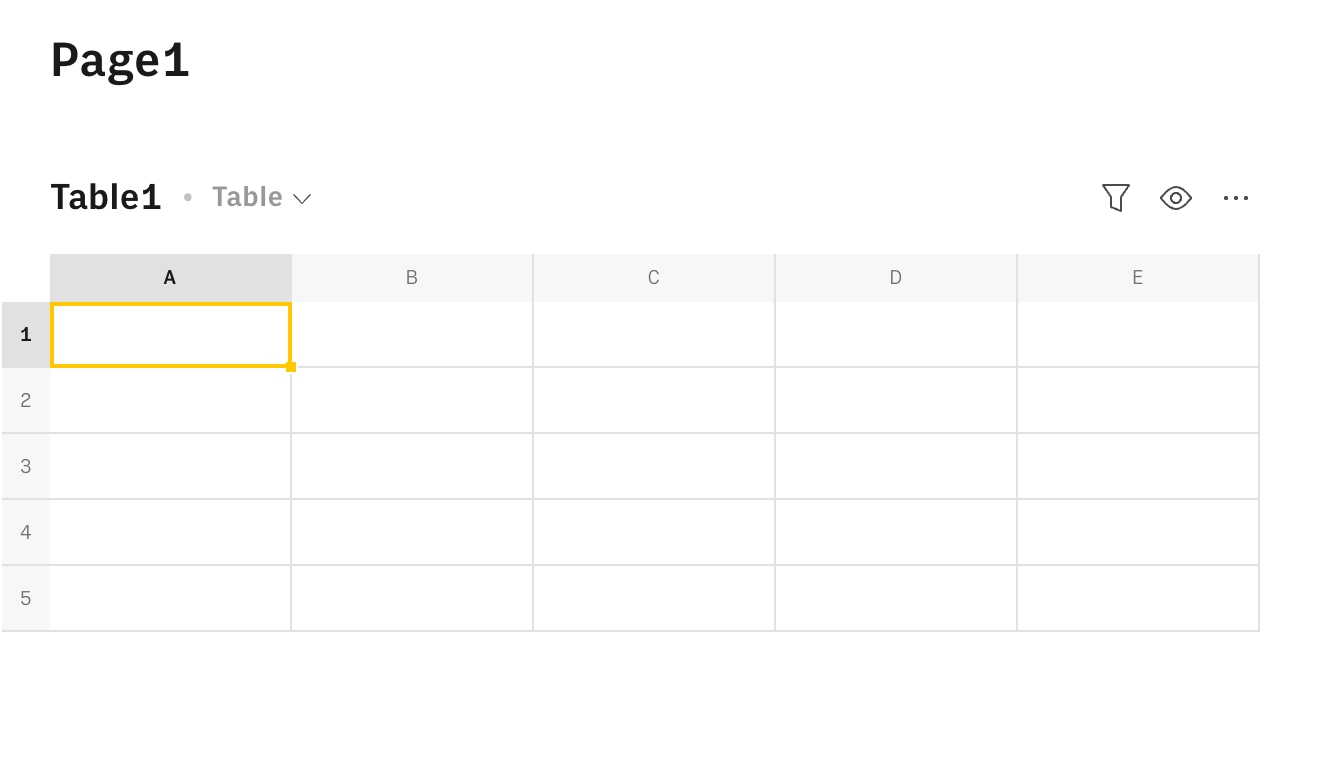
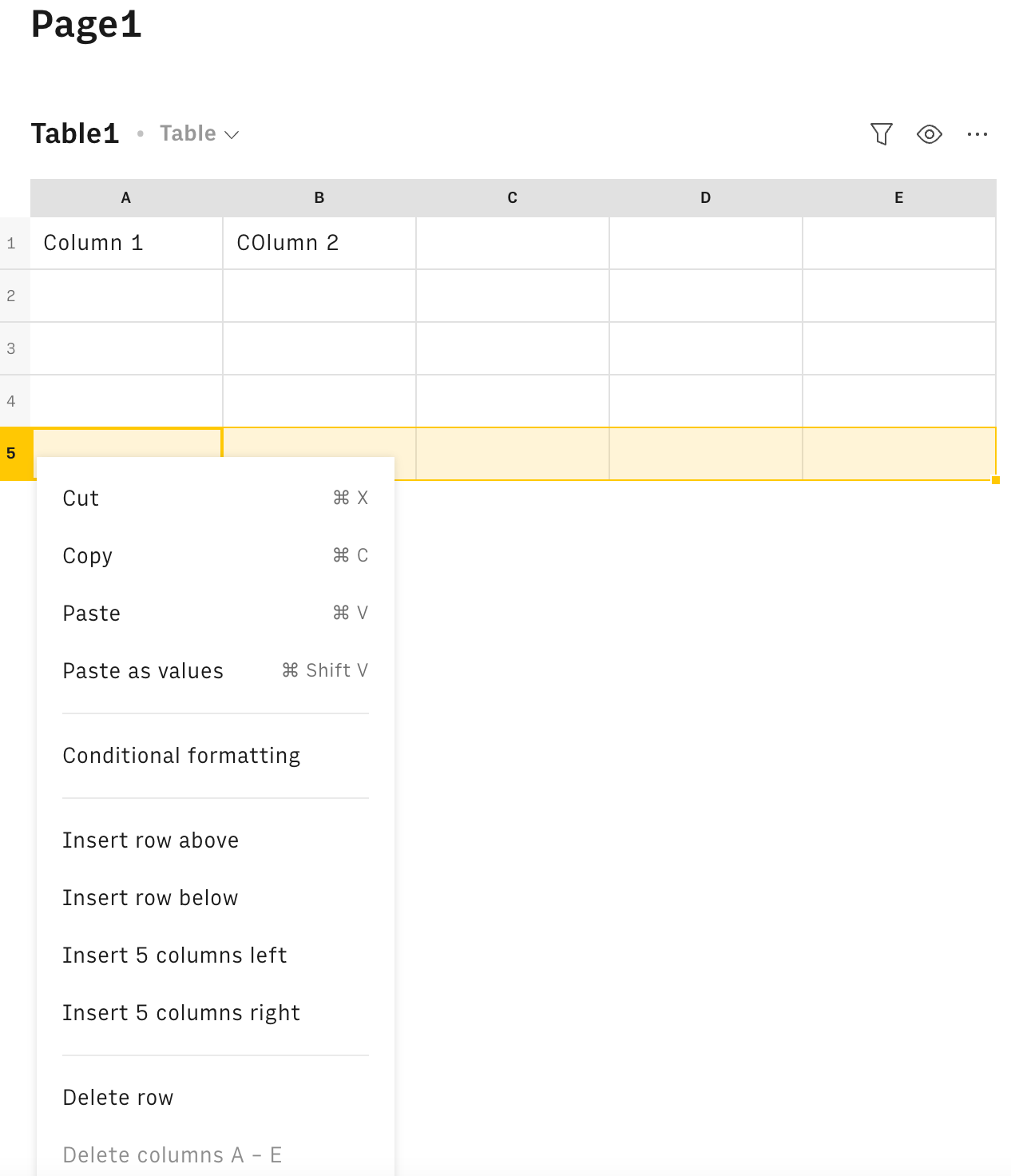
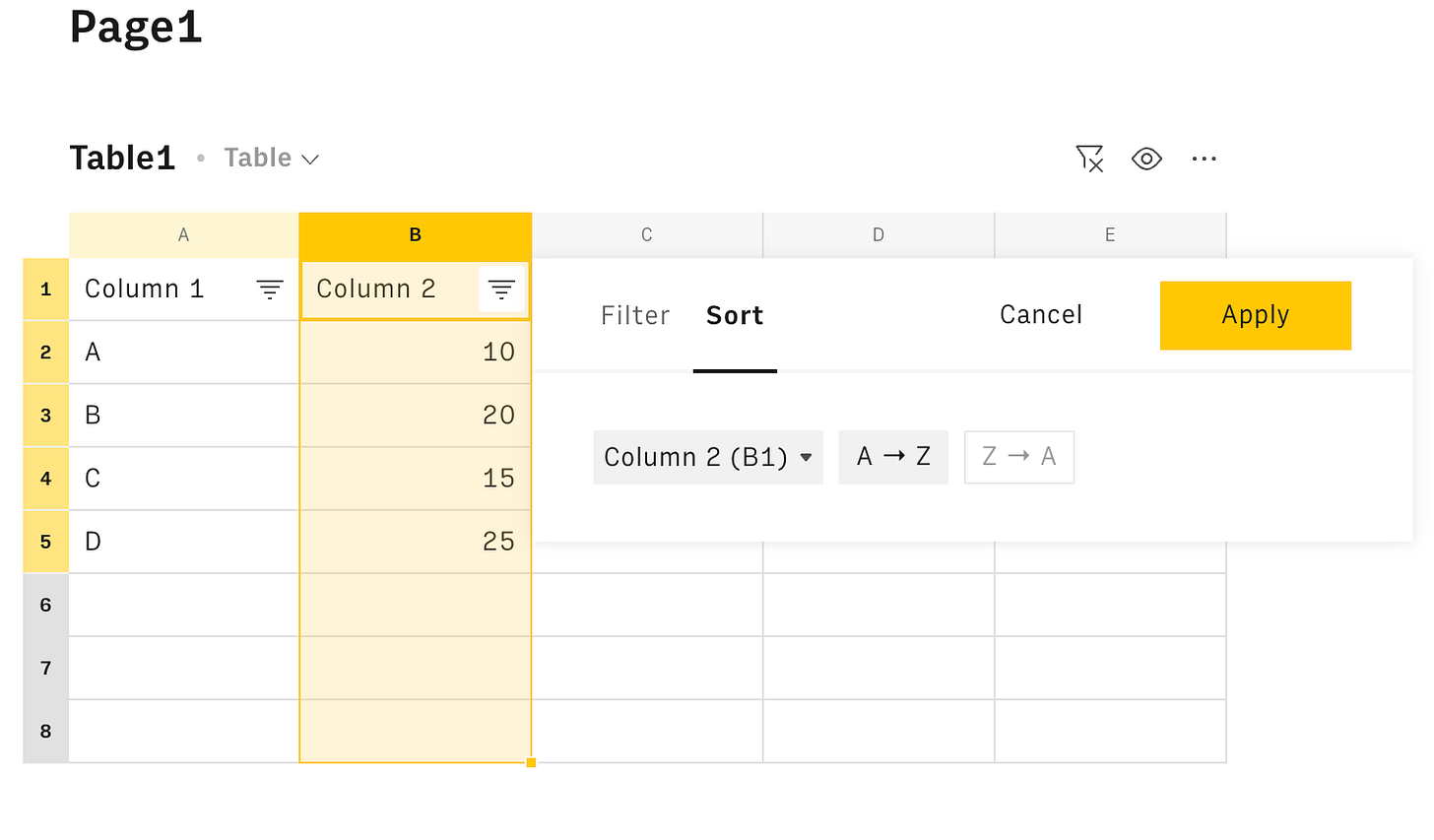
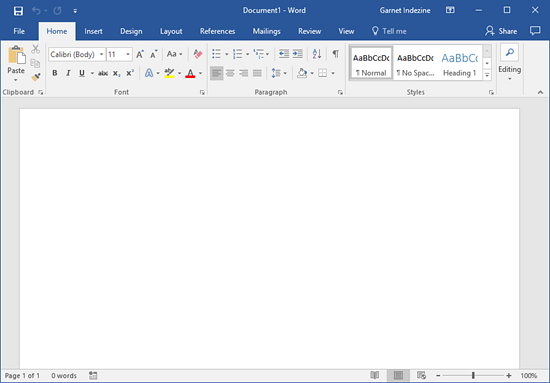
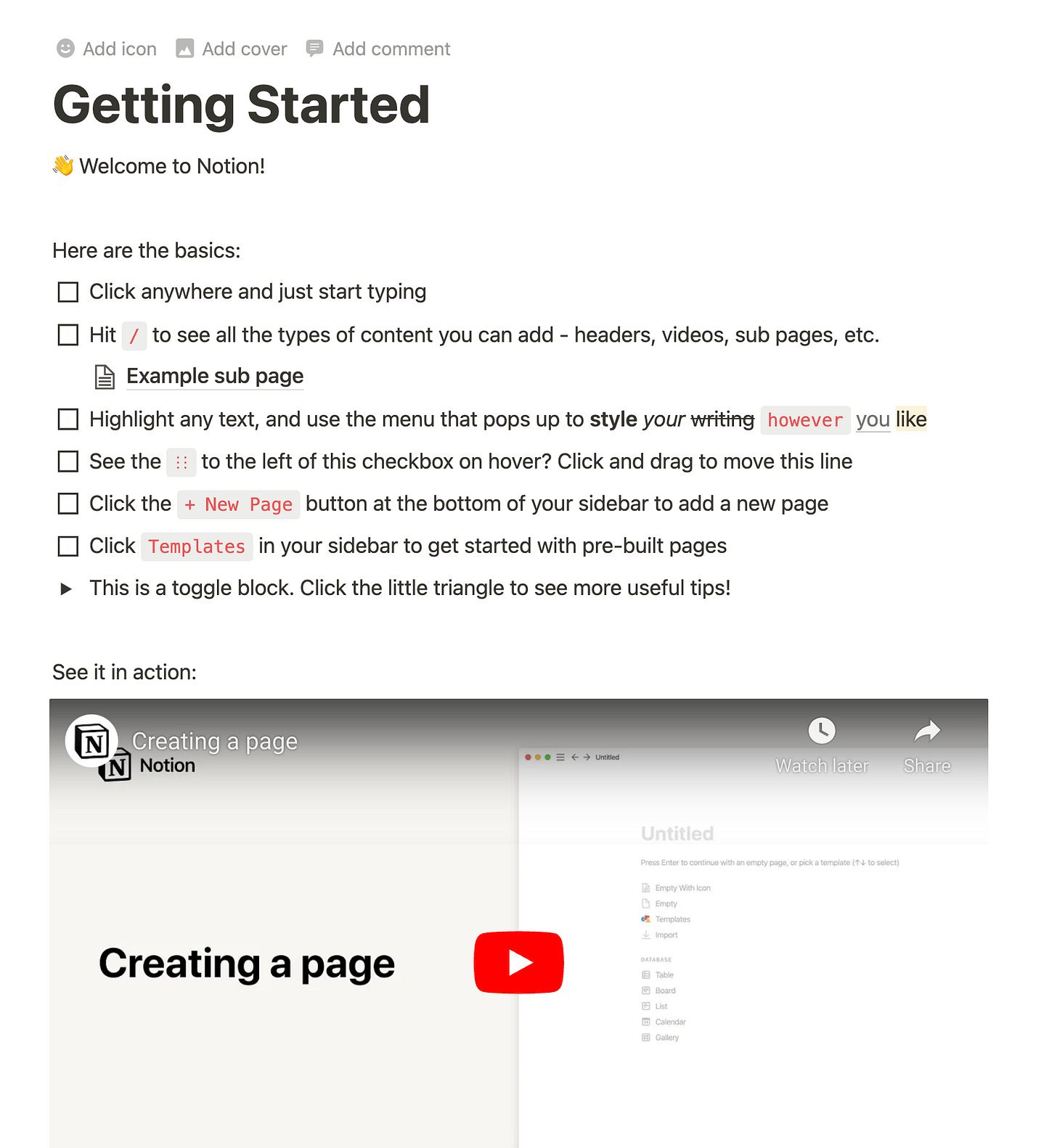
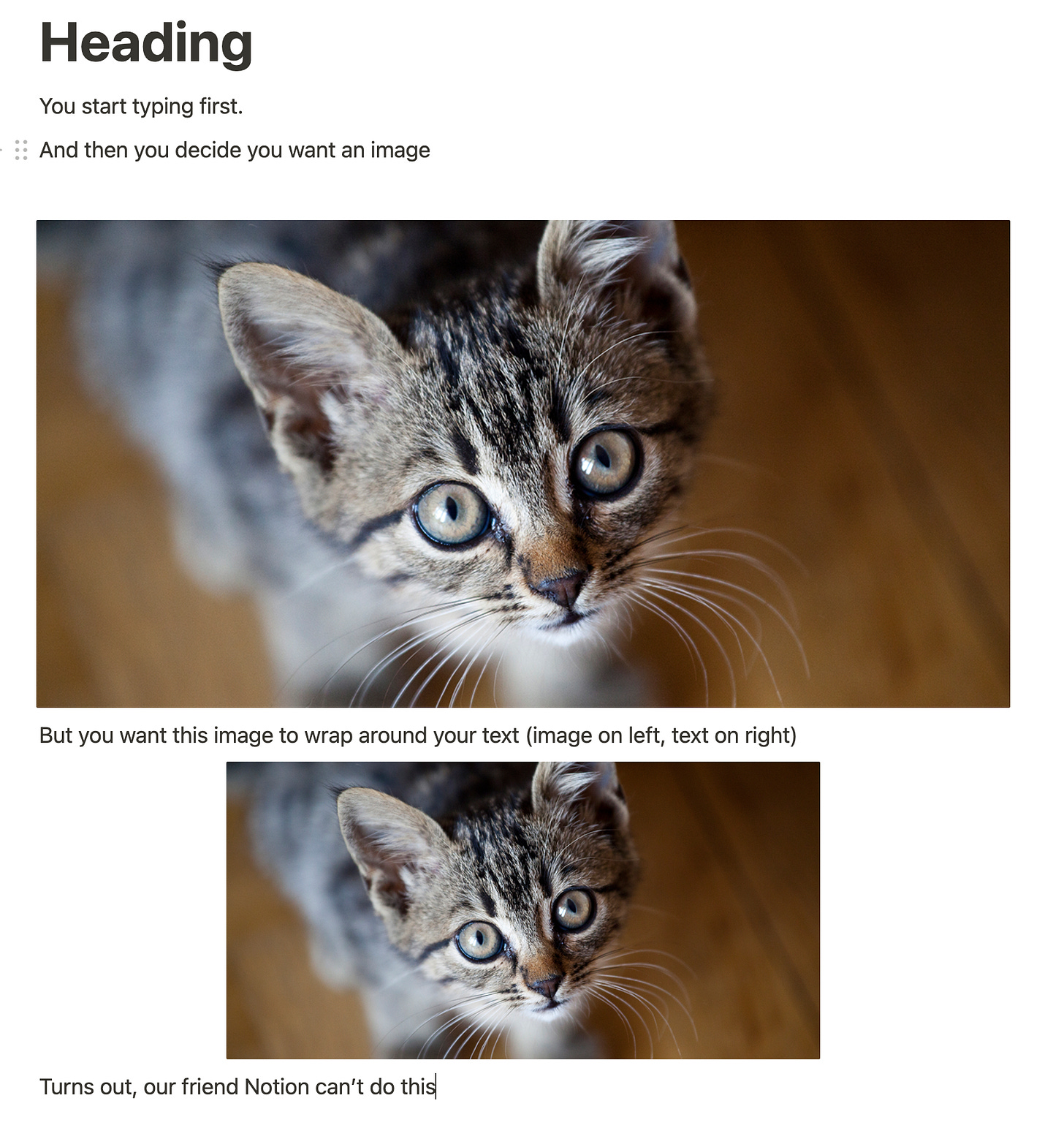

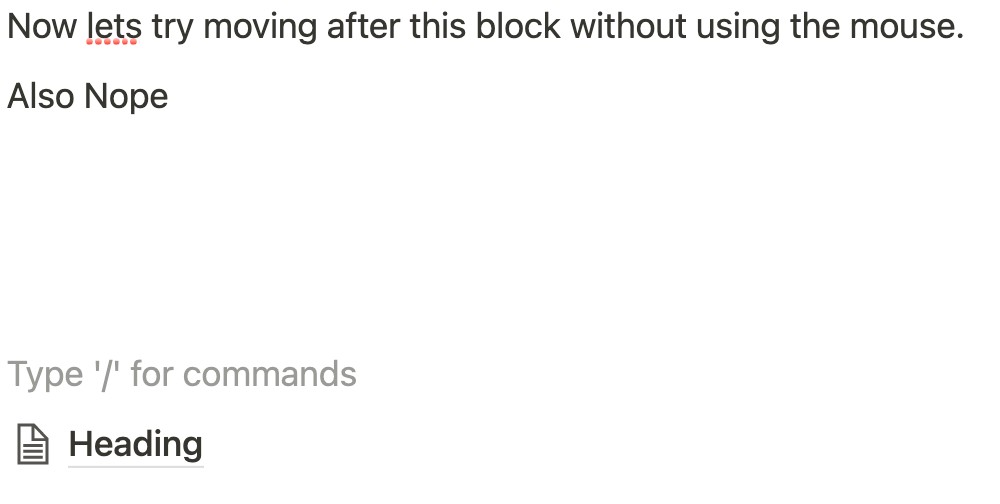
This is a great article, thanks Varunram.
Over these 40+ years, Microsoft might have spent millions of dollars with a bunch of hardcore engineers' mind space. Yes. I agree. When startups trying to compete with big giants need pay more attention to UX. By the way that 5-columns insert is so funny.